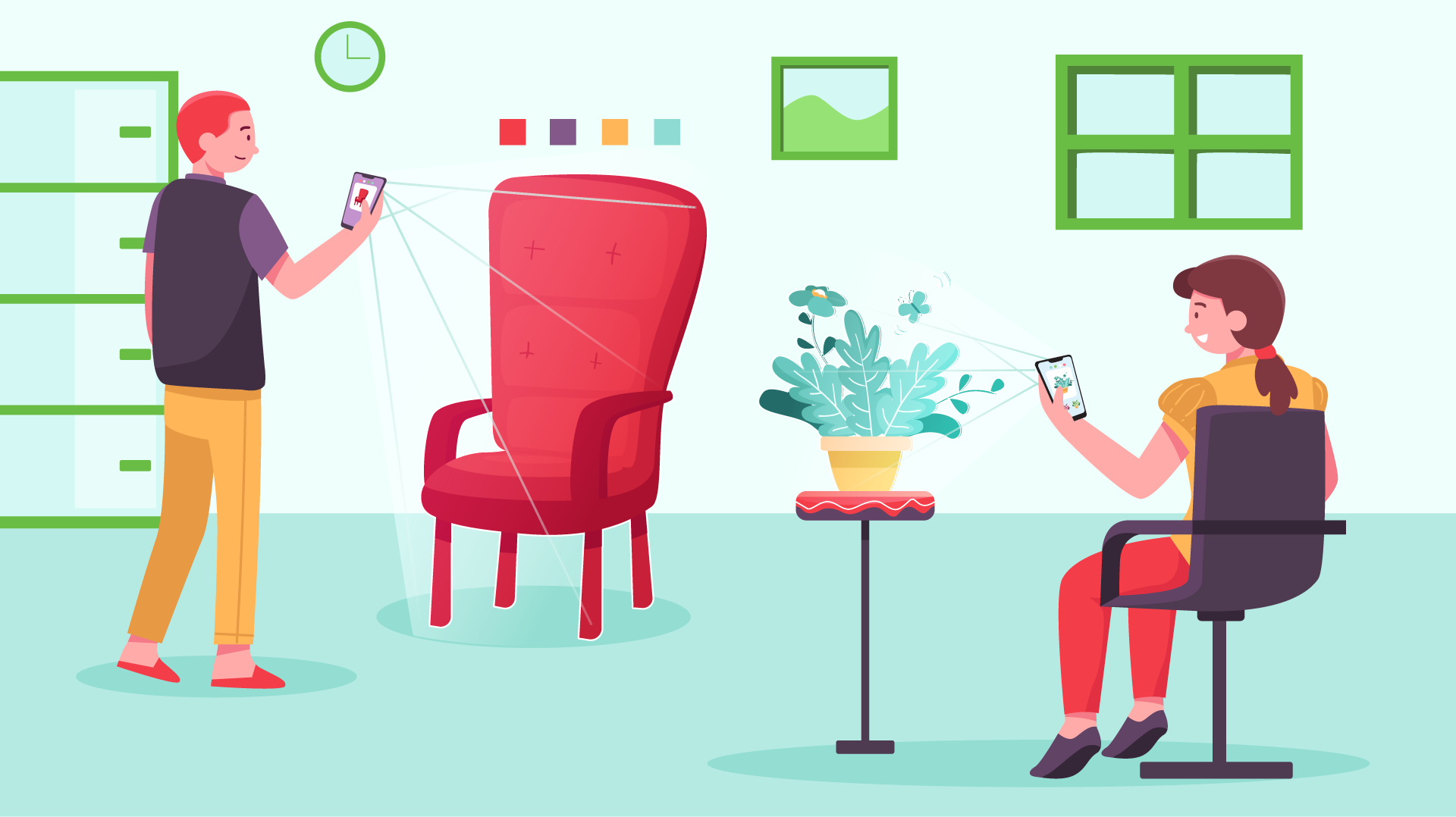4 times brands used AR to market their products effectively
The retail industry is highly competitive. If not properly advertised, even a high-quality product won’t find much success. That is why every brand is looking for creative and fun ways to market their products to their customers and give them a unique experience.
What could possibly be more original than allowing shoppers to “try on” the merchandise before making a purchase? Augmented Reality has made it possible.
Let’s have a look at how some brands used AR to market their products cleverly.
ASOS:
In 2019 the online fashion retailer ASOS introduced an experimental AR feature called Virtual Catwalk with an aim to help users visualize 100 Asos products.
As the pandemic hit in 2020, they scaled up the technology as “See My Fit,” which used AR to digitally fit clothing onto models. This allowed the users to visualize how the products looked on people with different sizes and body types.
Thanks to the simplicity of the tool, it became a huge hit, contributing to a 24% increase in revenue in six months.
Burberry:
After the pandemic, retail brands have been re-imagining AR experiences to bring customers back to the stores. And Burberry is no different.
The retailer launched a pop-up AR experience in Harrods to coincide with the launch of its new Olympia bag. Customers scanned the QR Code found in-store to watch the Elphis statue walk around in their surroundings, as well as take a photo or video to share with friends.
The brand believes that this experience is the latest in a series of activations exploring the relationship between physical and digital experiences to create exciting new concepts to enhance the luxury experience.
Gucci:
Gucci was one of the first luxury brands to invest in AR technology. They launched an AR App that let users try on sneakers, giving them a visual representation of how a product will look in real life.
Shortly after that, Gucci released a pair of virtual sneakers that can only be worn and shared online. The ‘digital-only’ trainers have created in collaboration with AR fashion platform Wanna and were retailed in the Gucci app for $17.99, making it an accessible way for consumers to get their hands on the luxury brand.
Building on the rise in popularity of both virtual influencers and AR filters on social media, this is one of the first examples of ‘digital fashion’ – a concept that some predict will soon take off.
L’Oréal:
L’Oréal’s Modiface is one of the best-known examples of AR within retail, with the feature allowing customers to digitally try on make-up through the brand’s app. L’Oréal has also rolled out Modiface to Amazon customers on mobile, allowing them to also digitally overlay make-up looks onto live photos and videos.
For customers, the technology provides much more certainty over what they are buying (a product that suits the individual’s skin tone). It also marks a big opportunity for Amazon as a player in the beauty industry, following on from the retail launching of its own beauty line, ‘Belei’.
The future:
Since AR does not need a large headset as VR does, it is a simple and economical choice for companies that want to experiment with immersive technologies. With AR technology as the ideal instrument, brands can produce more engaging content for their consumers.
Has your business considered using augmented reality marketing strategies? We at DevDen can work with you to create fantastic augmented reality experiences that will increase brand recognition! If you need some ideas, take a look at our most recent augmented reality work or Drop us a line.




